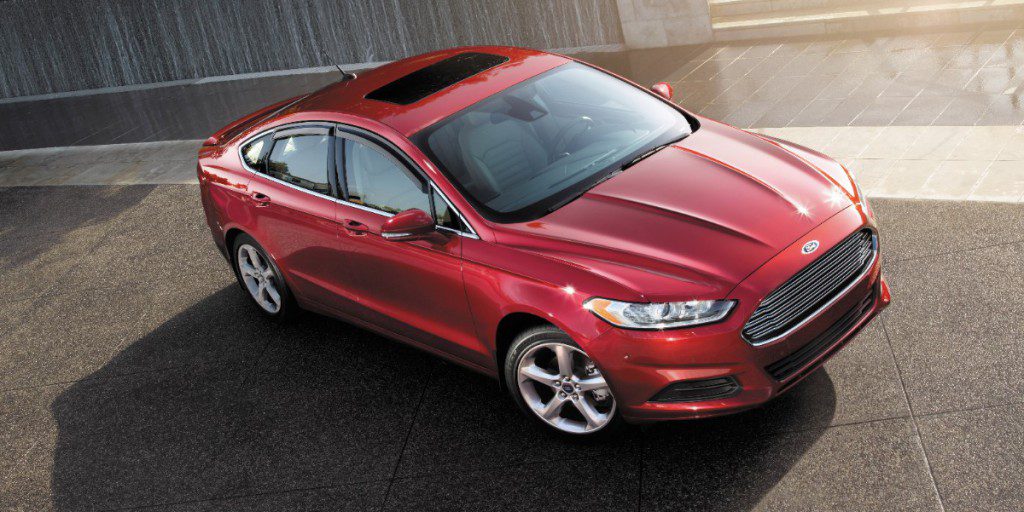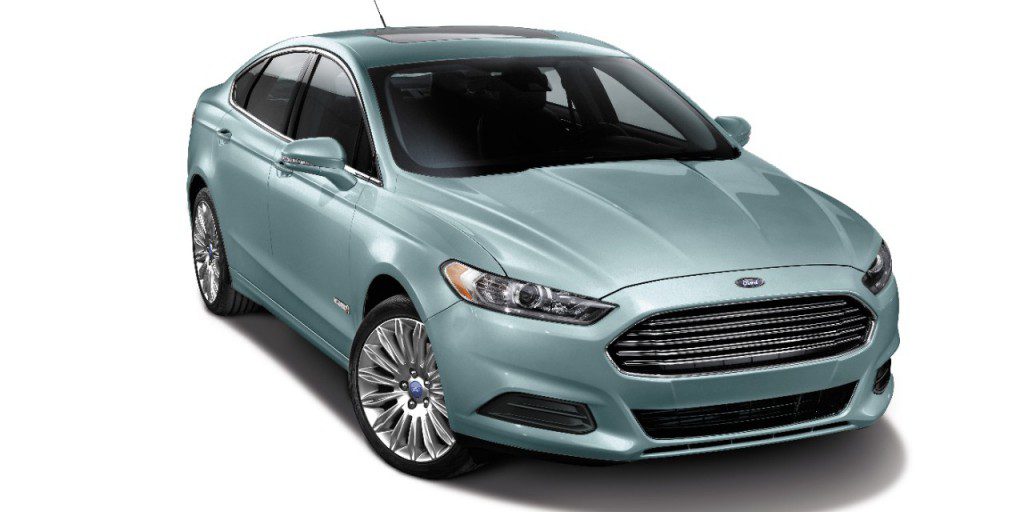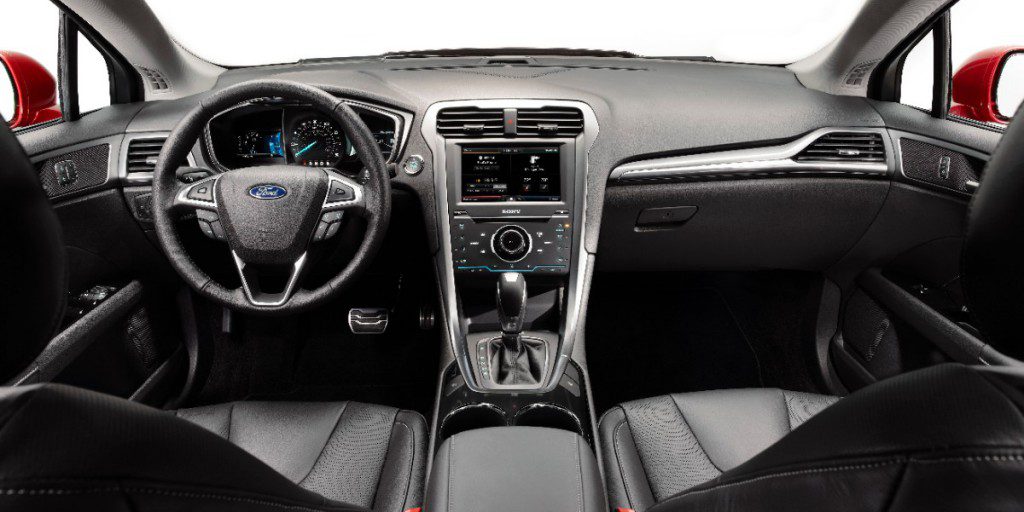| Midsize car; Built in USA, Mexico |
|
|
| Good condition price range: $9,900 – $21,800* |

2014 Ford Fusion

2014 Ford Fusion

2014 Ford Fusion

2014 Ford Fusion
| Pros: |
|
| Cons: |
|
The Fusion is another solid new product from Ford. It has many strong points, but there are a couple weak spots as well. We really like the option of several different powertrains. Especially impressive are the refined EcoBoost engines and the car’s generally comfortable ride. We like the interior and its clever storage solutions, but we’re a bit surprised by the rather uncomfortable front-passenger seat on SE models. And we have to say we’re still not convinced that MyFord Touch is a clear improvement over more traditional control interfaces. Our observed fuel economy has been disappointing too. In the new-car world, midsize sedans might be the most competitive class there is. It is a field filled with fine entries, but few of them manage to avoid having a noticeable flaw or two. There’s a lot in the new Ford Fusion that’s impressive, and we think buyers will find strong value in the SE model especially if options are kept in check.
Overview
Fusion was Ford’s midsize sedan and the brand’s best-selling car. When Fusion debuted in 2006, it basically replaced the Taurus in this capacity.
Fusion’s rivals included the Chevrolet Malibu and Dodge Avenger from Ford’s domestic-brand competition. Other challengers included the Honda Accord Sedan, Hyundai Sonata, Kia Optima, Nissan Altima, Toyota Camry, and Volkswagen Passat. Ford built the Fusion at plants in Hermosillo, Mexico, and Flat Rock, Michigan.
A carryover from the 2012 Fusion was the 2.5-liter 4-cylinder engine, which was standard on the S and SE. This motor produced 175 horsepower and paired with a 6-speed automatic transmission.
Most SE buyers opted for the extra-cost 1.6-liter turbocharged “EcoBoost” 4-cylinder engine that was rated at 178 horsepower. It teamed with either a 6-speed manual or 6-speed automatic transmission. Versions with this engine and the automatic transmission were offered with engine idle stop/start. This feature shuts off the gasoline engine at a stop and instantly restarted it when the driver released his or her foot from the brake pedal.
Standard on the Titanium and optional on the SE was a 2.0-liter turbocharged EcoBoost 4-cylinder engine with 240 horsepower. The sole transmission here was a 6-speed automatic.
The SE Hybrid and Energi each had a 141-horsepower 2.0-liter 4-cylinder engine, which paired with a battery-powered electric motor for a total of 188 horsepower. Both could run on the battery and/or gas engine to balance acceleration and fuel economy. The SE Hybrid required no plug-in charging; the Energi did. Both used a continuously variable transmission that behaved like an automatic.
All Fusion models were front-wheel drive. All-wheel drive was available on the Titanium.
The Ford Fusion had a standard complement of expected and federally mandated safety features. The SE, SE Hybrid, and Titanium were available with optional blind-spot alert, forward collision warning, lane-departure warning, and drowsy-driver alert.
Yearly Updates
| 2014 Fusion For 2014, Ford’s midsize car got an available 1.5-liter turbocharged 4-cylinder EcoBoost engine and optional inflatable rear seat belts, among other updates. |
| 2015 Fusion For 2015, Ford’s midsize car saw a few minor updates and added some features as standard equipment. A Terracotta appearance package, which included 18-inch wheels and terracotta leather upholstery, was available on SE and Titanium models. SE and Titanium also got new six-way and ten-way power adjustable passenger seats, respectively. |
